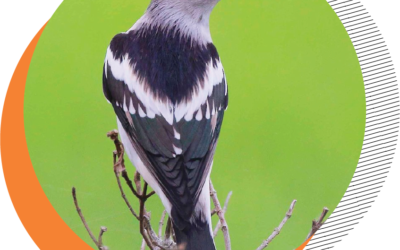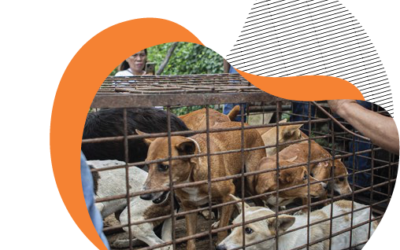
THE WAY CLIMATE CHANGE AFFECTS WILDLIFE
By: Putu Eka Gunadi.
Translator : Tim AWI
For thousands of years, climate change has been a naturally occurring occurrence on Earth. Climate change can be attributed to various natural sources, including but not limited to volcanic activity, variations in the earth’s orbit, and extended natural cycles within the climate system. On the other hand, human activity is currently causing a sharp increase in climate change.
Furthermore, there is a catastrophic cascade effect brought on by climate change. Mountain glaciers and polar ice will melt as a result of rising global temperatures. Therefore, tiny islands, cities, and coastal communities are at risk from sea level rise. Coral reefs will bleach due to rising sea levels and temperatures,
upsetting the ecosystem. Researchers also believe that the reappearance of viruses that have been frozen for a long time in
the polar ice caps may lead to the emergence of novel illnesses or possibly pandemics.
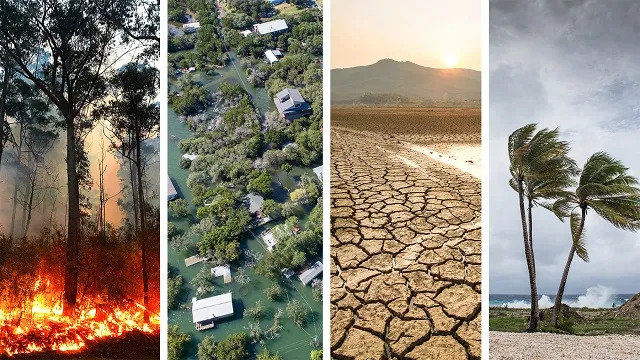
Figure 1. Illustration of the impact of climate change (Source: istock.com)
The entire human race and the planet are at risk from the common, global threat posed by climate change. The effects of climate change, however, extend beyond people. Global biodiversity is also significantly impacted by this. influence on the environment, flora, and fauna.
Numerous detrimental effects of climate change have been observed in wildlife worldwide. The current state of climate change poses major challenges to animals. Given that the average rate of temperature increase on Earth is higher now than it has been in the previous 15,000 years, it is anticipated that one of the primary drivers of species extinction in the 21st century would be climate change. The effects of climate change on wildlife are as follows:
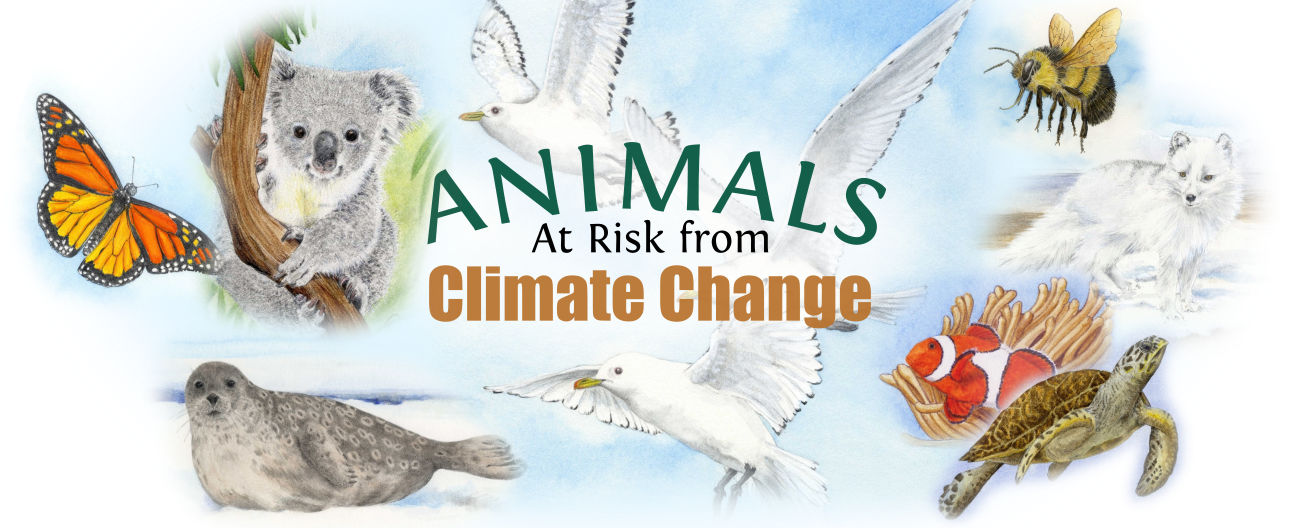
Figure 2. Illustration of the Threat of Climate Change to Wildlife (Source: www. theglobaleducationproject.org)
Loss of Habitat:
Many wildlife species, including polar bears, seals, and penguins, are losing their habitat as a result of melting polar ice. The melting of the ice that normally surrounds them is denying
them access to food, nesting locations, and reproductive patterns. On land, forest fires and climate change are causing tropical rainforests to shrink, which is causing a loss of habitat for animals like tigers, koala bears, and orangutans.
Figure 3. Polar bear and her cubs on an iceberg
(Source: www.nytimes.com)

Modifications to the Behaviour and Patterns of Migration:
The loss of natural habitats to places better suited to their requirements is one of the biggest effects. Climate change compels certain animals to abandon their disrupted habitats, while forcing others to adapt to unsuitable new settings.
Seasonal variations in elevation or descent cause some species to move earlier or later, upsetting life cycles and influencing food
availability. Temperature variations can also have an impact on breeding and reproduction; in fact, severe climate change has been linked to population decreases in certain species.
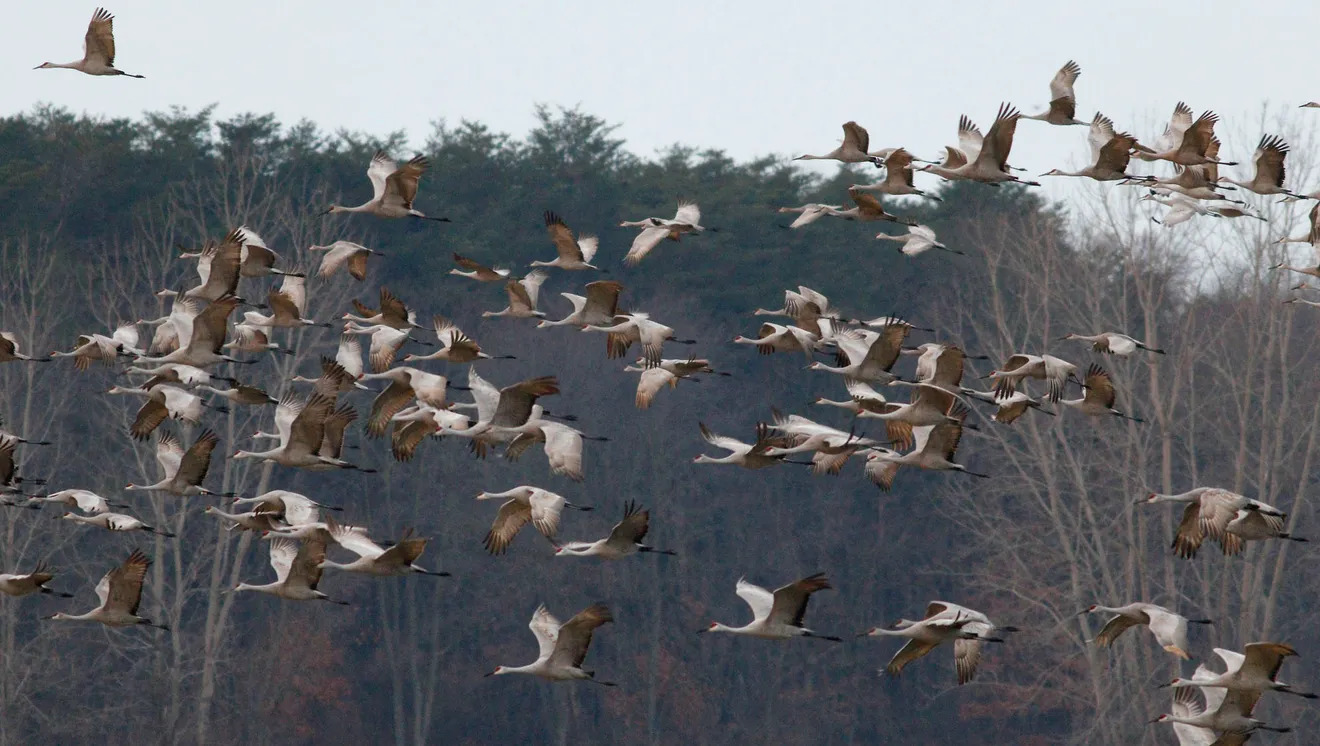
Figure 4. Bird Migration (Source: www. defenders.org)
Human-Wildlife Conflict Rises:
Wildlife is more susceptible to illness and health issues as a result of climate change. Warming temperatures are making diseases that were once localised more common, which is bad news for wildlife populations. A shortage of food and water can also result from prolonged drought and other harsh weather, endangering the existence of some species.
Gambar 5. Kangguru dan kebakaran hutan di Australia (Sumber: www.betahita.id)
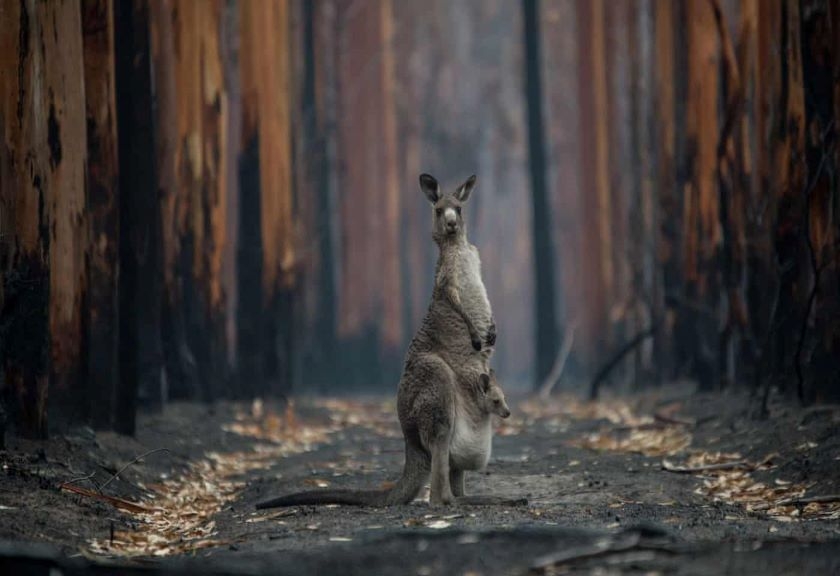
Natural catastrophes including hurricanes, floods, and forest fires are occurring more frequently and with greater intensity as a result of climate change. Due to their limited ability to prevent or combat natural disasters, wildlife frequently suffers the most from them. Wildlife populations may suffer greatly as a result of these catastrophes, and biodiversity may even significantly fall.
Human-Wildlife Conflict Rises:
Animals are compelled to move closer to human settlements as their natural habitats dwindle and food supplies grow more scarce. This has led to an increase in contacts between people and wildlife, many of which are harmful to both. beginning with the losses incurred in terms of crops, cattle, and human and animal deaths. In addition, there is a chance that diseases could be transmitted to people as well as animals.
Figure 6. Group of elephants entering the plantation area.
(Source: www.nationalgeographic.grid.id)
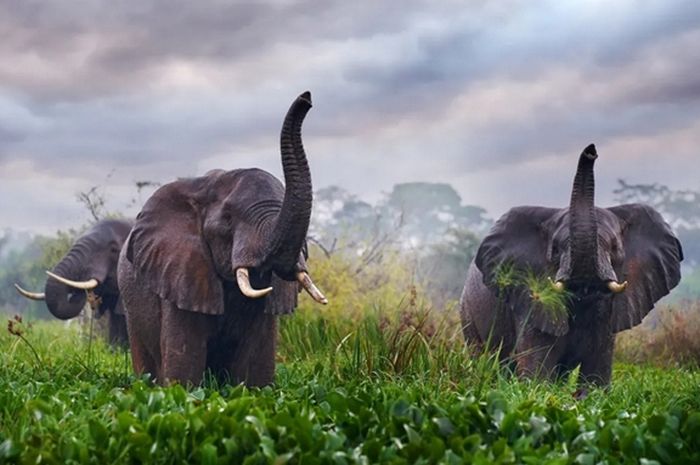
Source:
https://www.iucn.org/story/202211/wildlife-changing-climate
https://www.worldwildlife.org/initiatives/wildlife-and-climate-change
https://www.cms.int/en/news/major-new-un-report-finds-climate-change-severely-impacting-t
https://www.theglobaleducationproject.org/climate-change/
https://nationalgeographic.grid.id/read/133713462/dampak-perubahan-iklim-konflik-manusia-dengan-satwa-liar-meningkat?page=all
https://betahita.id/news/detail/5496/studi-baru-karhutla-australia-2019-tewaskan-miliaran-satwa.html.html
Jose Manuel Vazquez Varela. 2011. Learning to Live : Perubahan Iklim.
Teruyuki Maruoka. 2017. Oh, Ternyata… Makhluk Hidup Bisa Punah karena Perubahan Iklim
RELATED POST :
THE INTRODUCTION TO MIGRATORY BIRD COMING TO INDONESIA
THE INTRODUCTION TO MIGRATORY BIRD COMING TO INDONESIA. In the northern parts of the planet, winter arrives, and food supplies are running low. Millions of birds migrate
to the southern regions of the planet during that period. We refer to these travels as migratory bird migration. Food shrinking is a result of dropping temperature. Birds migrate for many reasons than only avoiding not only to locate another food source to survive in
the cold. They are therefore able to survive and procreate.
TREATMENT OF PRIMATES FOR COMMERCIAL PURPOSES SEEN FROM ANIMAL WELFARE POINT OF VIEW
TREATMENT OF PRIMATESFOR COMMERCIALPURPOSES SEEN FROMANIMAL WELFAREPOINT OF VIEW By: Atian Muhammad Zaky Fahrian Translator : Ludmila The first thing I’d like to address is that there are many content creators who keep wild animals and show them on their social media...
EXTREME TOMOHON TRADITIONAL MARKET: A CULTURAL CELEBRATION OR A THREAT TO WILDLIFE?
Extreme Tomohon Traditional Market: a Cultural Celebration or a Threat to Wildlife? Starting from July 21 2023, the local government of Tomohon, a city in North Sulawesi, has officially banned the trading of cats and dogs at the ‘Extreme’ market. This decision aligns...
